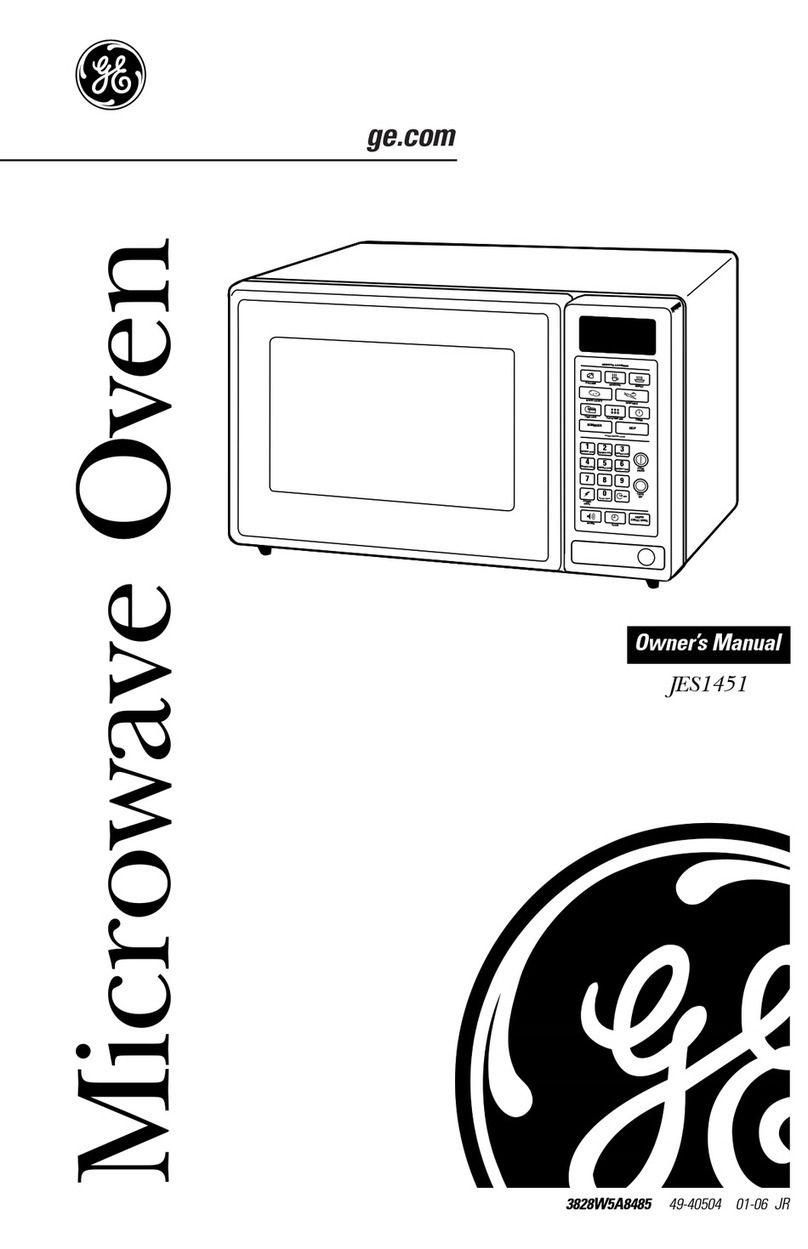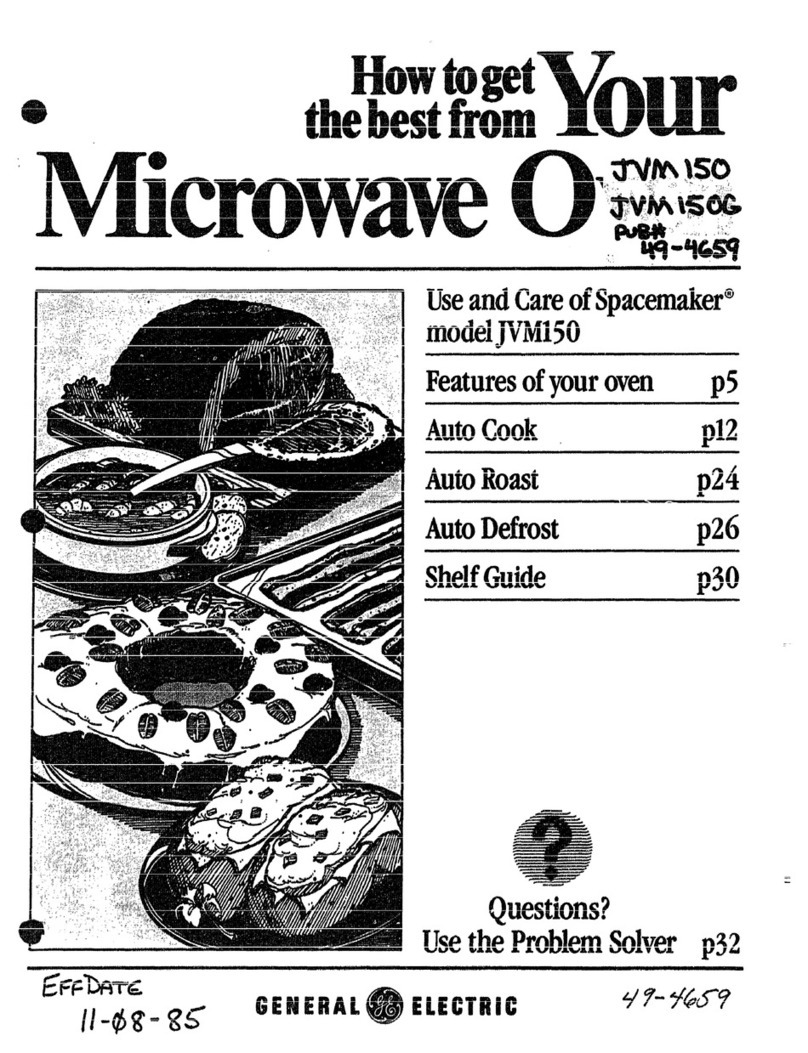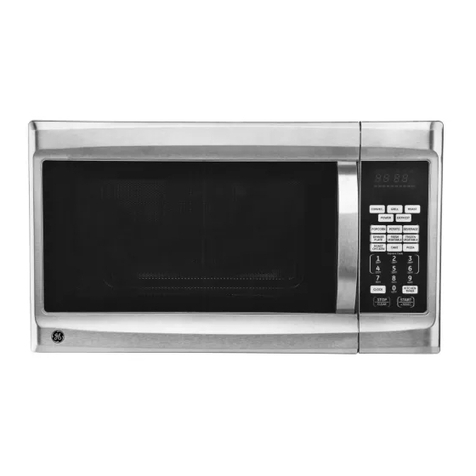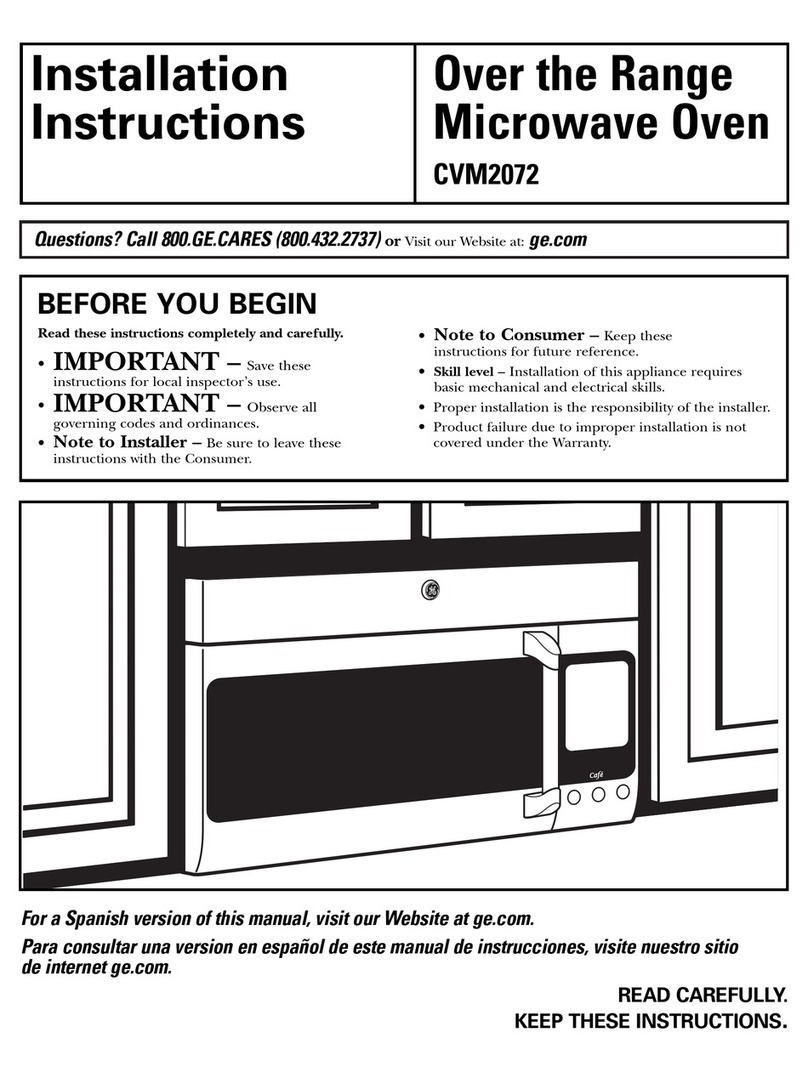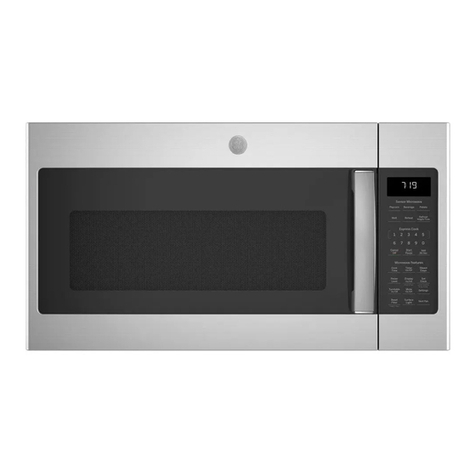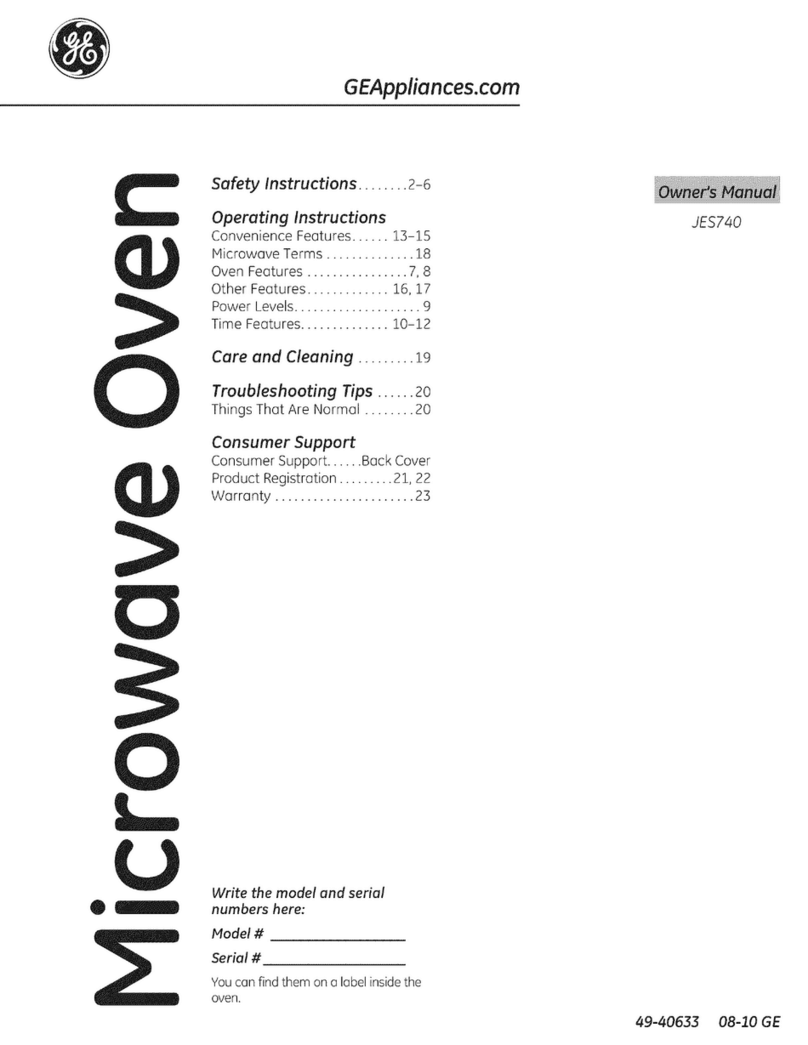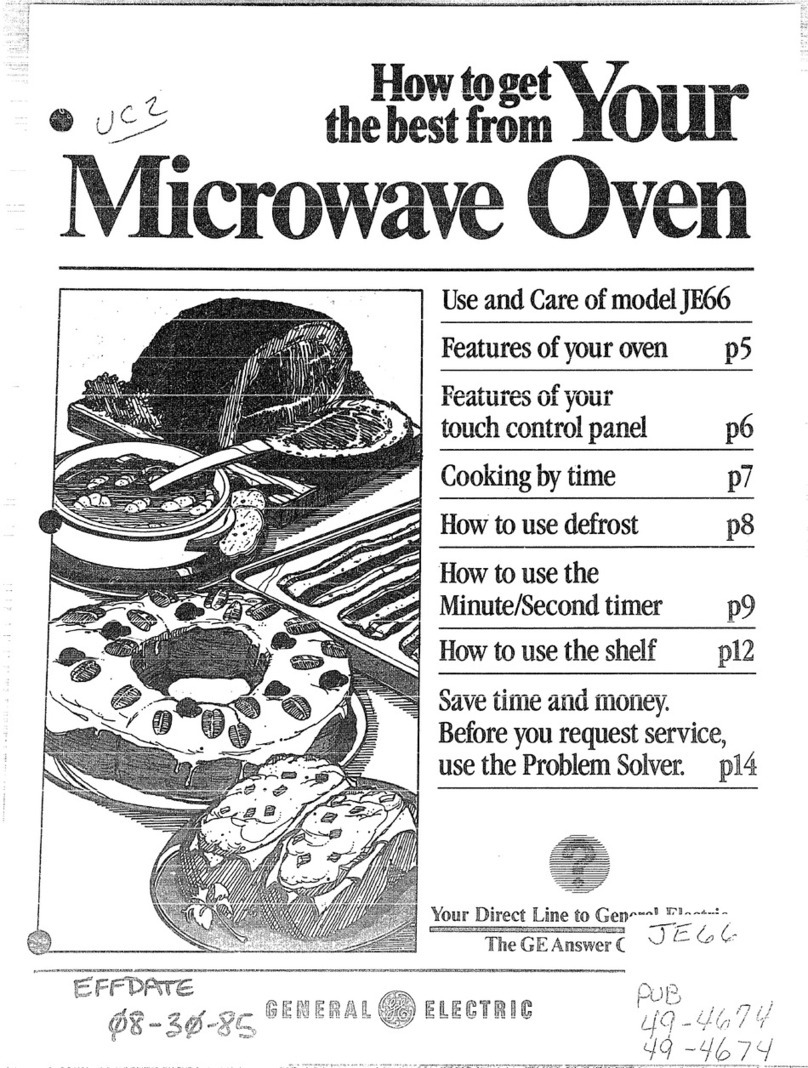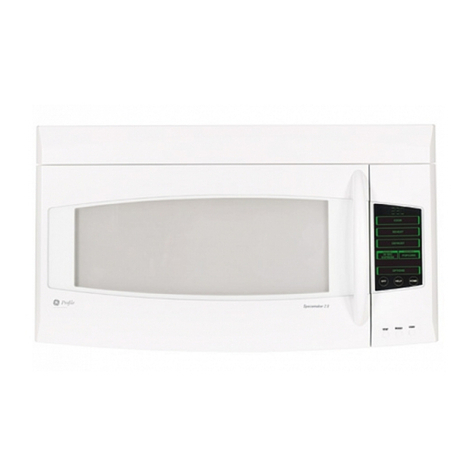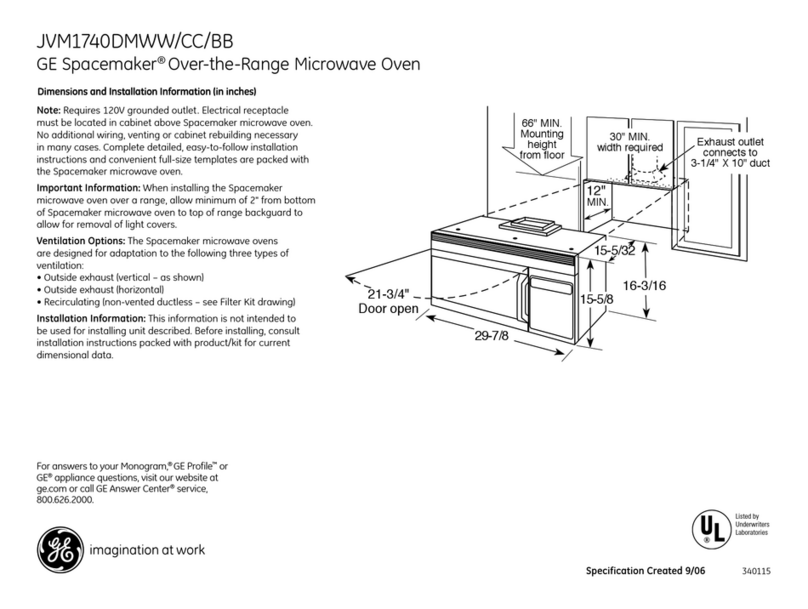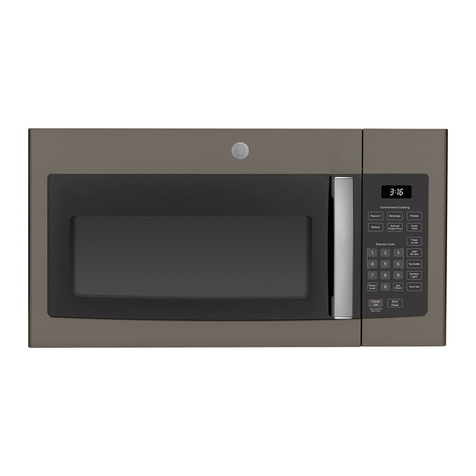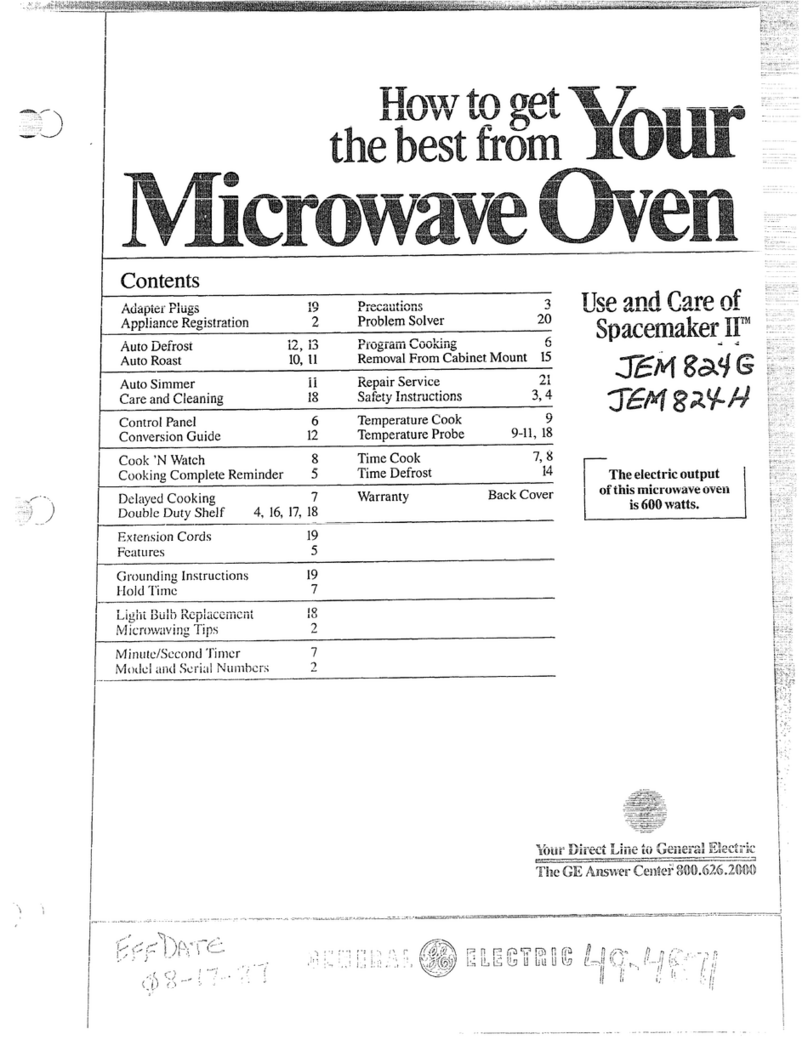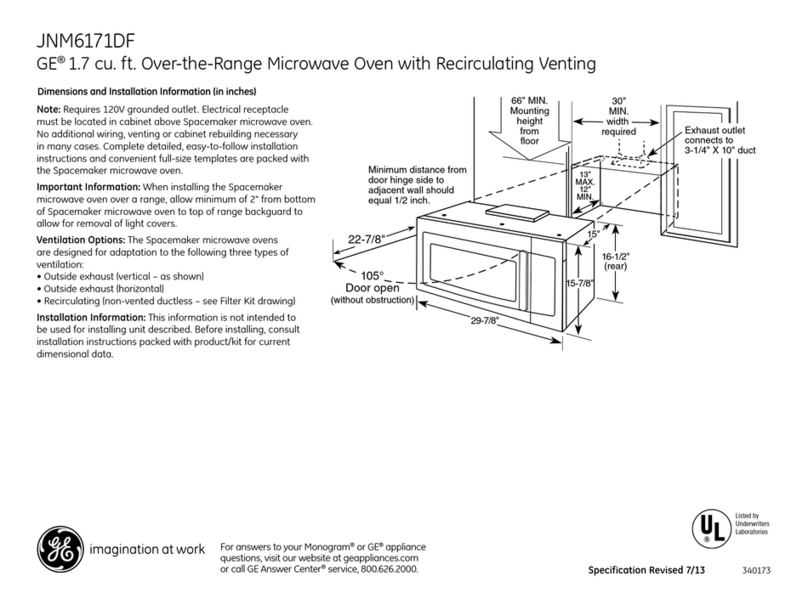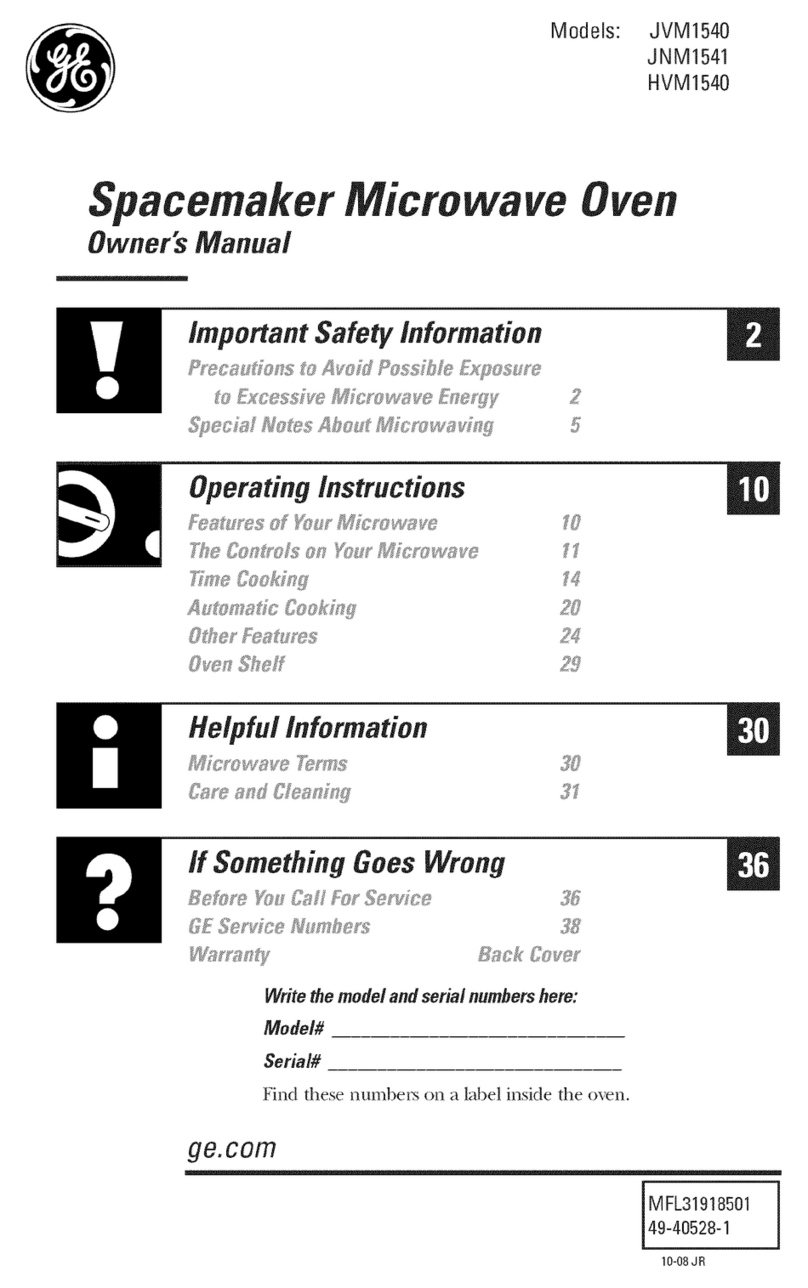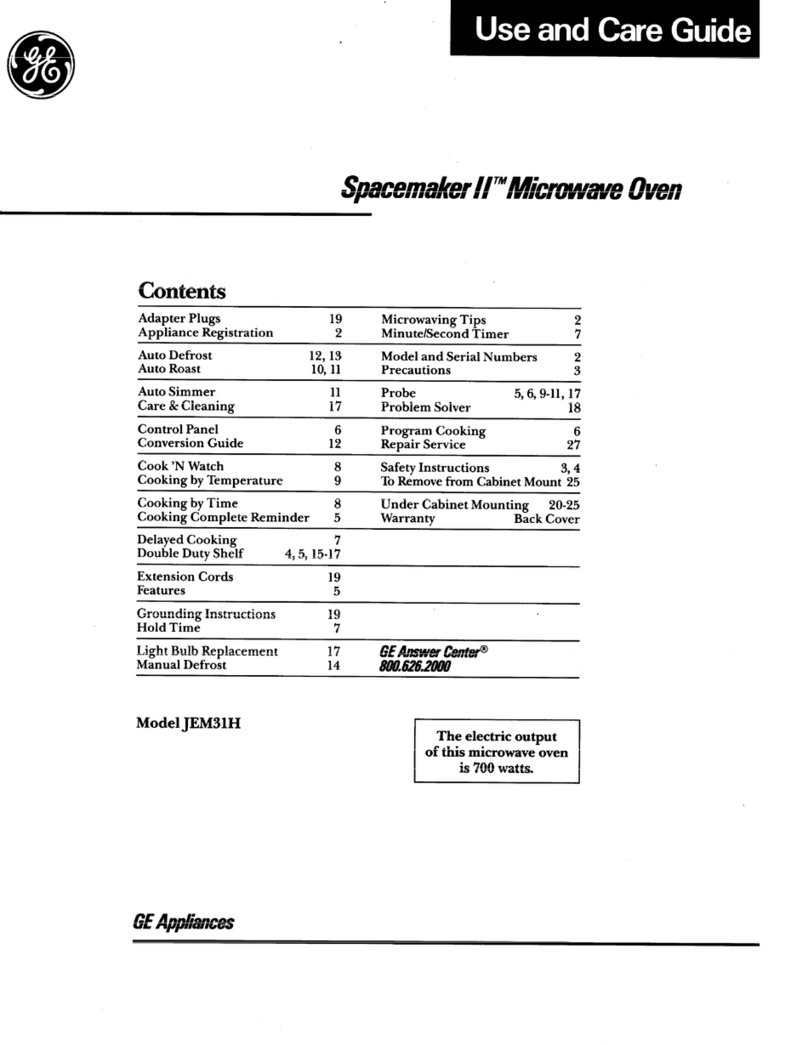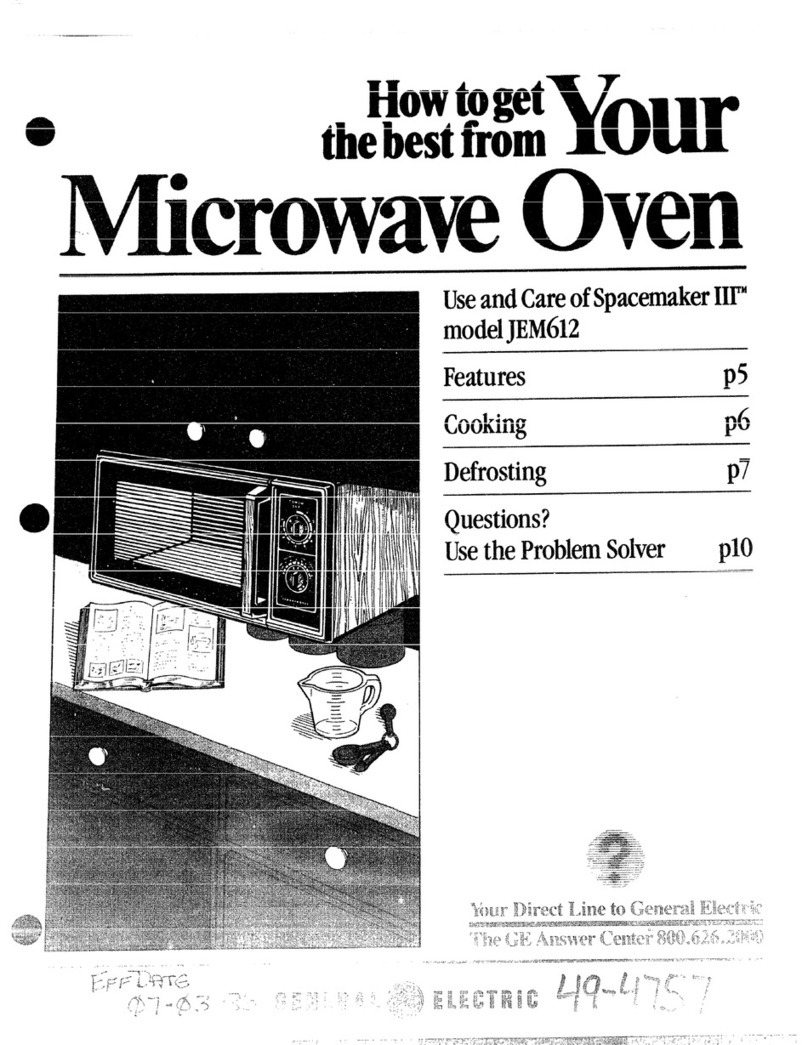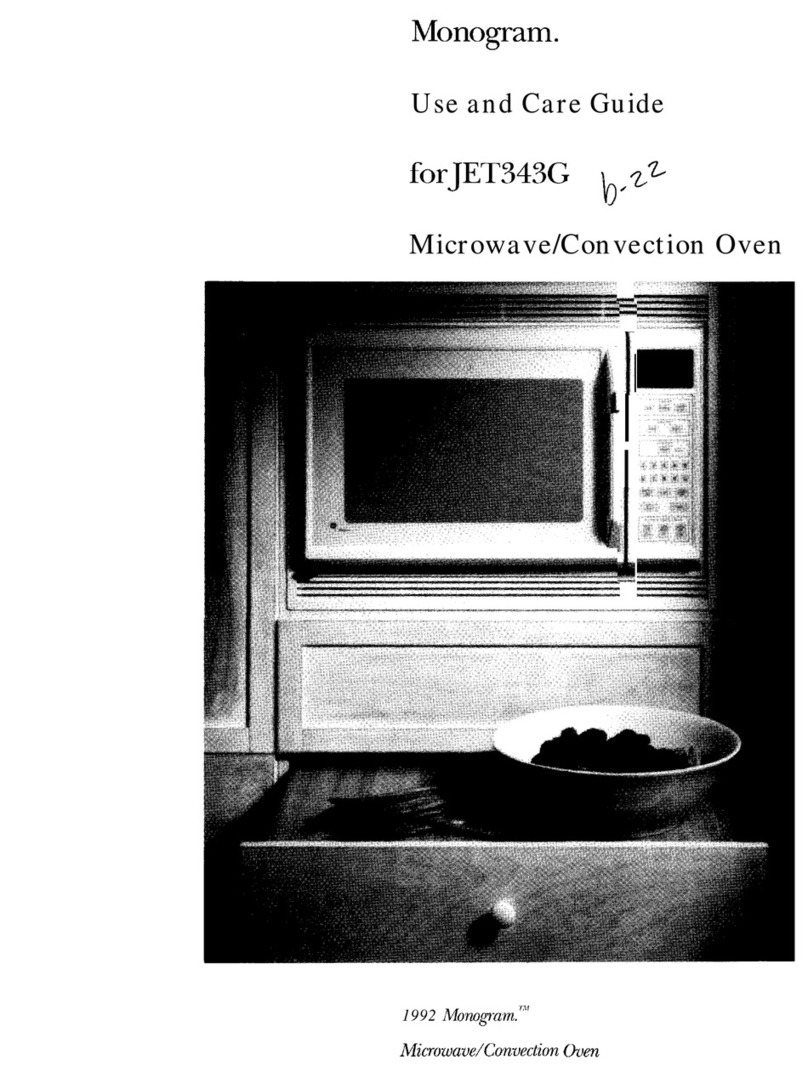Cooking
by~me
TI~
COOK I & II allows you
to microwave for a preset amount
of time using automatic power
level
10
@IG~,
or change power
level automatically.
Power level 10 (HIGH) is
recommended for most cooking,
but you may change this for more
flexibility. See your cookbook.
To become better acquainted with
time cooking, make a cup of coffee
by following the steps below.
Step 1:
Fill a
cup
2/3 full of
wat;r
and add 1
{easpoon
of instant
coffee and stir to dissolve. Use a
cup that has no metal decoration
and is microwave safe (refer to
Microwaving Tips on page 2).
Place cup in oven and close door.
Step 2:
Touch TIME COOK I & II
pad. Display shows : O and “POWER
10~’
“ENTERCOOKTWE”
flashes.
If another power level is desired,
touch POWER LEVEL pad and
desired number, although Power
Level 10 (HIGH) is preferred for
this cup of coffee.
Step 4:
Touch START. “COOK
TIME:’
“POWER
101’
and time
counting down show on display.
Step
5: When time is up, the oven
signals and flashes
“End~’
Oven,
light and fan shut off.
Step
6: Open the door.
Usi~
the
~me
Cook II
Feature
With the Time Cook II feature, you
can set two time cooking functions
within one program. This would
be ideal if you desired to change
power levels during your cooking
operations.
The following is an example of how
to change power levels using Time
Cook II.
Step 1:
Repeat Steps 1,2 and 3.
Step
2: Touch TIME COOK I & II.
Step 3:
Set your time.
Step 4:
To change the power level,
touch POWER LEVEL pad and
desird
number for new
power
level.
Step
5: Touch START.
Step 6:
“POWER 10” is displayed
and “COOK TIME I“ counts down.
Step
7: At the end of “COOK
TIME I“ the next selected power
level is displayed and “COOK
TIME II” is shown counting down.
Step 8:
When time is up, the oven
signals and flashes
“End~’
The
oven, light and fan shut off.
Step 9:
Open the door.
Cook
‘N
Watih
The Cook ‘N Watch feature is a
short-term cooking program which
automatically turns the oven off
after 3 minutes. It’s ideal for
melting cheese on food or other
quick cooking operations where
you want to stop cooking at just
the right time.
8
To Use Cook ‘N Watch
Step 1:
Touch COOK ‘N WATCH.
“COOK ‘N WATCH” and
“POWER 10” are displayed
and “START” flashes.
Step 2:
Touch START. “COOK ‘N
WATCH” and time counting up to
3
minutes are displayed. Power
level 10 is automatically set in
oven but another power level
can be selected.
Step 3:
Open the door or touch the
CLEAR/OFF pad to stop cooking.
The oven will automatically signal,
flash “End” and shut off at the end
of 3 minutes.
Questiom
and Answers
Q.
I set my oven for the time
called for in the recipe, but at the
end of the time allowed, my food
wasn’t done. What happened?
A.
Since house power varies due
to time or location many Time
Cook recipes give you a time range
to prevent overcooking. Set the
oven for minimum time, test the
food for doneness, and cook your
food a little longer, if necessary.
Q. I touched the number pads
and selected my power level. When
I touched START, however, my
oven didn’t come on. Why not?
A. The TIME COOK I & II pad
must be touched before setting the
number pads or else your oven will
not begin cooking.
Q.
I want to cook on a power
level other than HIGH. What do
I need to do?
A.
To change the power level,
touch the POWER LEVEL pad.
“ENTER POWER” flashes on the
display panel. Enter new number.
Q. Can I interrupt my Time
Cook function to check the food?
A. Yes.
To resume cooking,
simply close the door and press
the START pad. The timer must be
reset for cooking to resume unless
time is remaining on timer.
